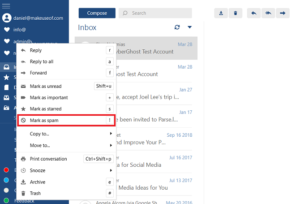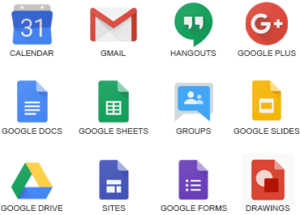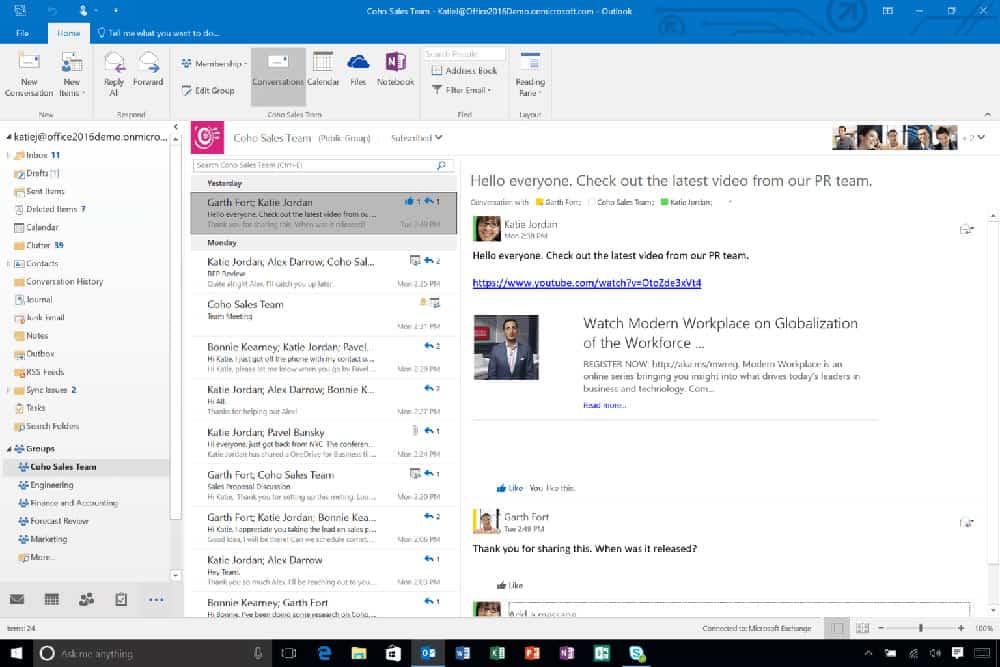Why you should stop using Desktop Email Clients
John M. Haddad
How do you read your emails when you’re at your computer? Do you use a web-based email client, or do you prefer to catch up with your messages using a desktop email client?
Of course, the web email vs. desktop email client approach has its pros and cons. But we think that broadly speaking, a web-based email client is always preferable to a desktop option, especially if you use services such as Gmail, Yahoo or other cloud-based services as your email provider.
Let’s take a look at some reasons why you should stop using a desktop email client today.
Portability

If you use a web-based email client, you are going to have the same experience every time you log into your account—regardless of the machine you’re using or your location.
On the other hand, if you use a desktop client and find yourself needing to access your emails when you’re away from your computer (such as on a public PC), you might have to shift to the online email app for a few days.
It can be challenging to adapt to the different layout quickly. Options will not be in the same places, the app’s list of features will be different, and email formatting tools might not be the same.
Security
If your main laptop is often lying around on the dining table or kitchen counter, there’s a chance that other people in your family or household might pick it up and start using it.
It wouldn’t be hard for a nosey set of eyes to flick open your email app and see what’s there, especially if you leave the app running 24/7 in the background.
Using a web-based email approach will allow you to easily log off and log on again. Also, we have recommended that you use 2-factor authentication for security, which works more seamlessly with web-based clients.
Multiple devices, multiple setups
If you have multiple computers in your life, it’s more complicated than it might appear to set up your preferred desktop email client in the same way on every machine.
That includes setting up the email client on your computers as well as each of your mobile devices, such as tablets and smartphones.
If you buy a new computer or new device, you will have to set up the email client over and over on these devices.
Spam

Many of the best desktop email clients cannot effectively handle spam. Sure, you can mark a particular message as spam in your client, but there’s a high chance that the email address of the sender of the spam does not get synced with your email provider’s spam list. If the person sends you another message in the future, it will probably end up back in your inbox.
Of course, there are exceptions to this when the email provider and the email app are the same, such as the Mail app in Windows 10 with Outlook or Hotmail. However, the best spam protection will come from interacting with your email provider directly on the web.
Integration

Many email service providers, like Google’s Gmail, have other services such as Contacts and Calendar and other apps. These other apps do not work seamlessly (if at all) with desktop email clients.
Many desktop clients will require special “synching” software to allow the other apps to sync to the desktop client. This can result in your data getting messed up or deleted. I have certainly experienced that in the past.
Using the browser access to your email service will also give you quick access and integration to the other apps that are provided.
Costs
If you want a long list of features and endless bells and whistles on a desktop email client, there’s a good chance you will need to pay for the privilege. Microsoft Outlook is a good example. It’s not free.
Often, the developers of desktop email clients offer both a free and a paid tier. The free level will have restrictions such as limiting the number of email addresses you can add or preventing offline access.
Web-based email clients don’t cost anything. They are browser based and work anywhere you have access to a computer, tablet or smartphone.
Summary
I have used many email clients over the years. I LOVED the interface I had when using Microsoft Outlook with my email providers.
However, I found it was becoming more complicated to ensure that the email client was working correctly with my email service. For example, Gmail uses labels, which I use extensively. Outlook uses folders, which do not translate easily to labels. Also, spam filtering was very shaky.
I did bite the bullet and went to a pure web-based approach to accessing my email via a web browser. It was a bit tough at first because the interface wasn’t as “sexy” but over time, it’s been a very reliable and easy approach to working with email.
When given a choice, we highly recommend that you use the browser based email service to ensure you are getting the best reliability and protection.
View other posts

Share this post
Recent Posts

